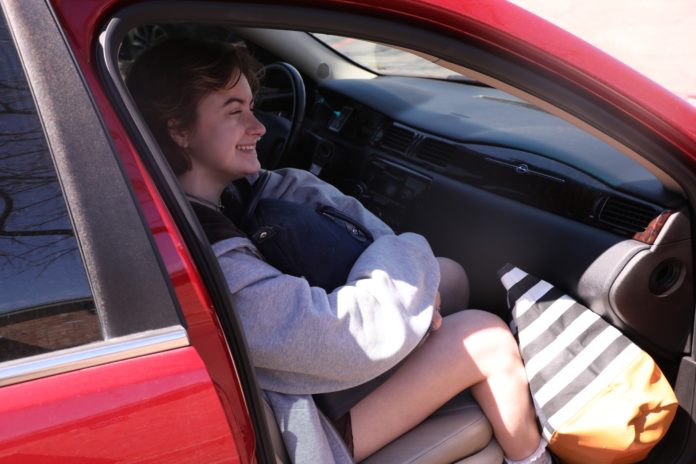By Emma Weidmann | Staff Writer
Many students will be traveling with friend groups or with family this spring break. However, many will be striking out on their own and traveling solo. While this may be an exciting and memorable vacation, it’s also important to make sure those memories do not take a stressful turn. Staying safe should be just as much of a priority as having fun.
Firstly, it’s important to pick the right destination. If you’re an outdoorsy type and staying in Texas, choose a location near lots of nature trails, like the Turkey Creek Trail near Austin. These are just a couple of great in- state options for those not looking to go super far. A good tip is to stick to popular hiking trails that aren’t too tough of a terrain (depending on how experienced of a hiker you are) and also aren’t secluded. Choose a trail with a lot of foot traffic so that you’re sure not to get lost, and to maintain visibility.
City lovers will want a place with lots of shopping or sightseeing potential like landmarks or famous buildings, potentially a city with famous museums like the Dallas Museum of Art or Perot Museum of Nature and Science. Keep in mind that walkable cities tend to be safer in terms of not needing to worry about passing through traffic and having lower crime rates.
Once you’ve chosen a location, accommodations are the next step. Airbnbs are a great choice for college students as they can be more affordable than a hotel room per night and are sometimes located in an up and coming neighborhood that makes for great Instagram pictures. Make sure to check the ratings thoroughly – no ratings is usually a sign to stay far away from that listing. Reviewers tend to give an honest evaluation of both the accommodations and the location itself, such as how helpful the owner of the listing is, if the site is clean and secure and what the surrounding area is like.
To save time, it’s always a good idea to do some research about the area beforehand. Look up a few restaurants in the area before leaving and read the reviews. There’s nothing worse than sitting in your hotel or Airbnb for hours trying to find a place to eat that is open, has seating and looks good. Rather than waiting until you’re hungry, plan ahead and save yourself the frustration. Places that aren’t extremely packed but aren’t mostly empty may be the safest for lone travelers, seeing as you wouldn’t disappear in the crowd entirely but would still be surrounded by people.
On that note, don’t go places where people wouldn’t notice if you were in danger. This is especially important for female travelers but applies to anyone. Don’t walk alone while using your phone – be aware of your surroundings. When getting into the car, lock it immediately and limit interactions with strangers.
Remember, you can do a lot of things wherever you’re staying, whether it be in a hotel or Airbnb. It’s not always necessary to go out at night, especially if you don’t feel safe.
It goes without saying that this spring break will be the first since 2019 where many college students will actually be able to travel. With possibilities opening up and an average of one in four undergraduate students planning to travel, you can expect lots of travel. With higher vaccination rates and a 37.7% decrease in COVID-19 cases according to the CDC as of Feb. 23, more businesses will be willing to be open. Still, travelers should be checking local COVID-19 protocols to make sure they aren’t blindsided by certain rules or mandates that may be in place. Safety includes not only staying out of harm’s way but also making sure you can return to campus in good health.






